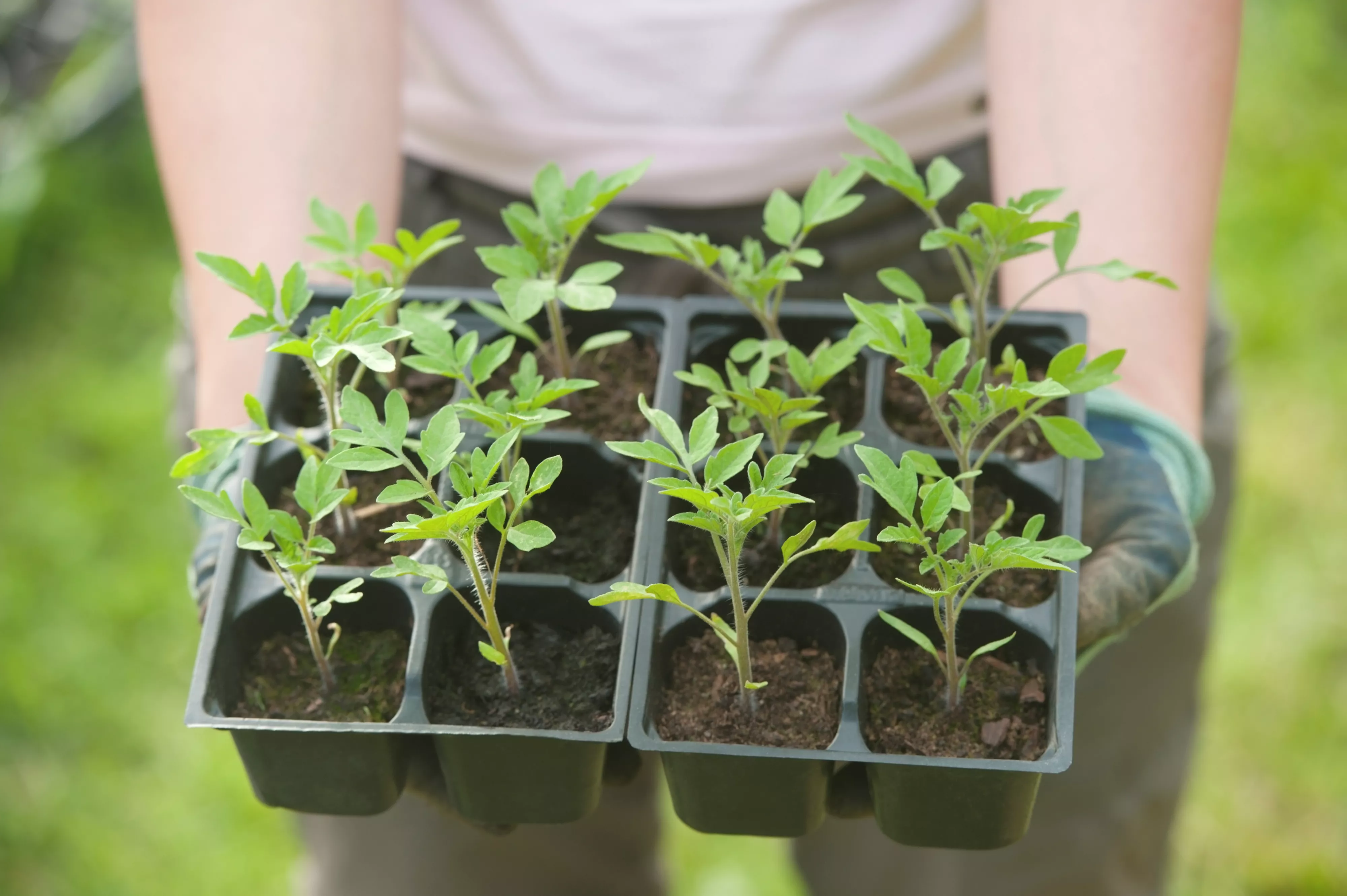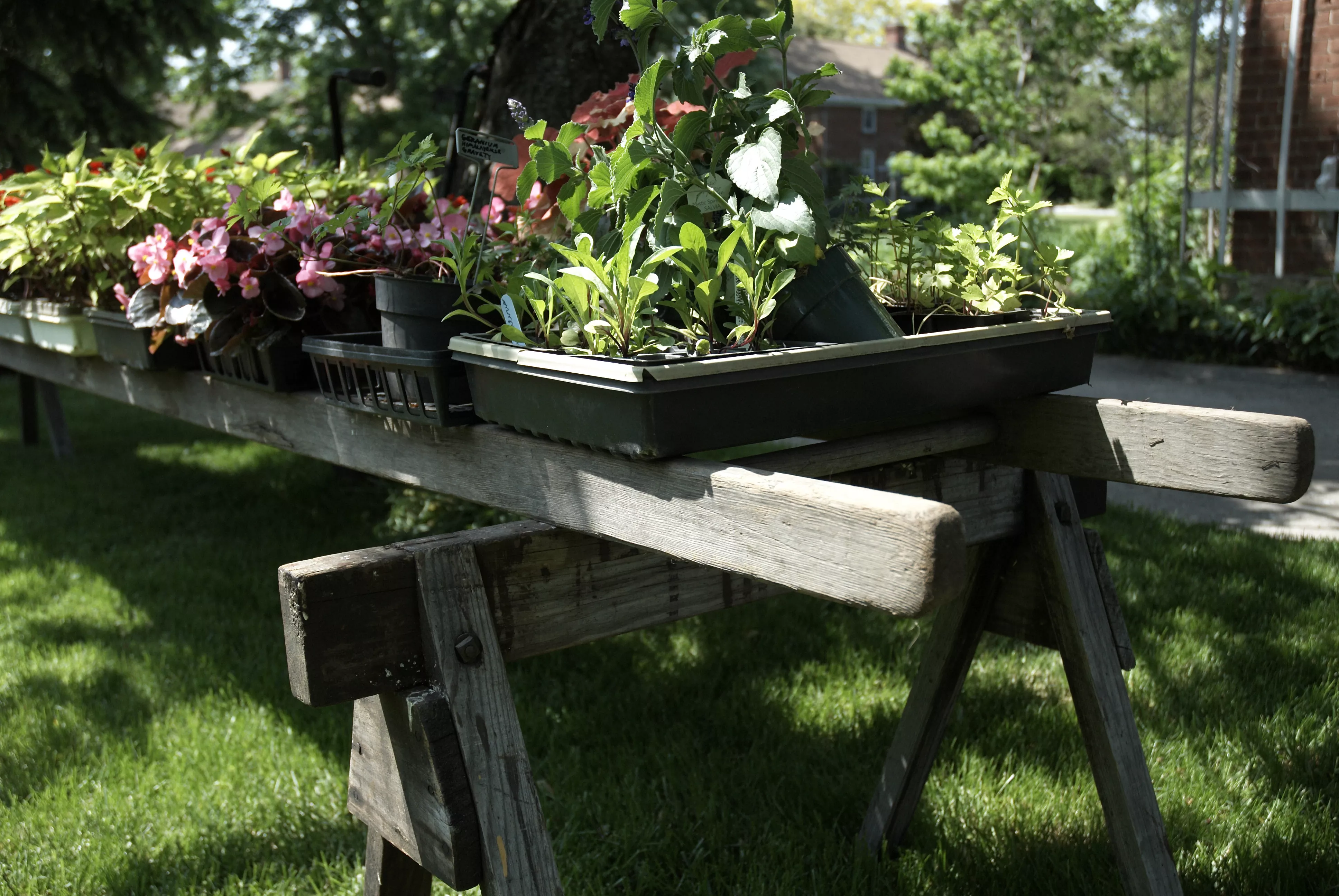
To plant your garden in spring, you likely start seeds indoors or purchase greenhouse grown seedlings at garden centers. But before you move these tender young plants out into the elements, you need to know how to harden off seedlings to avoid transplant shock. Hardening off just means gradually letting seedlings acclimate to the outdoors before transplanting them so they are better able to withstand your garden’s conditions. This guide explains everything you need to know to successfully harden off seedlings.
Why Seedlings Need to Be Hardened Off
Indoor seedlings are cultivated in a sheltered environment where they’re protected from harsh winds, bright sunlight, and cool spring breezes. As a result, the seeds germinate and grow faster than they would in outdoor gardens. However, indoor seedlings can develop transplant shock or sun scorch if they’re moved outdoors or into full sun too quickly.
Transplant shock is relatively common, and it can cause plants to have stunted growth, drop leaves, or in severe cases, wither and die. Sun scorch, on the other hand, typically causes plant leaves to wilt, discolor, or turn crispy.
Hardening off seedling before moving them outside helps tender seedlings transition to outdoor living and makes the transplanting process easier. By slowly exposing seedlings to increasing light and wind levels and lower temperatures, you encourage the seedlings to adapt and develop a thicker leaf cuticle that slows water loss and prevents the plants from drying out. Seedlings started outdoors or in unheated greenhouses may not need to be hardened off, but seeds started indoors or in warm greenhouses usually benefit from this process.
When to Harden Off Plants
To determine when to begin hardening off indoor-grown seedlings, you need to know the date of your last spring frost. The hardening off process generally begins two weeks before your last frost date; however, cold-hardy seedlings can be hardened off even earlier—roughly four weeks before the last frost of spring. A good rule of thumb is that most plants can be hardened off when daytime temperatures are between 45°F and 50°F.
How to Harden Off Plants
To begin hardening off plants, move the seedling pots and trays outdoors to a sheltered section of your yard that receives dappled light. It’s best to do this on a warm day when the sky is partially overcast. Allow the seedlings to rest outside for one hour before moving them back indoors under grow lights.
The following day, place the seedlings outdoors again, but this time allow them to stay in dappled light for two hours. Repeat this process over one to two weeks while gradually increasing how long the seedlings are outside and the light levels they are exposed to.
The hardening off process is complete when the seedlings are outside for most of the day and exposed to the light levels that are appropriate for their growing needs (shade to full sun, depending on the plant).
At this point, seedlings should be ready to transplant as long as nighttime temperatures are above 50°F (or above 60°F for tomatoes and other nightshades). For best results, transplant the seedlings on an overcast day, handle their roots with care, and water deeply after planting.
If a cold snap occurs after transplanting, shelter tender seedlings with frost blankets or DIY cloches made from overturned milk jugs until the temperature improves.

Tips for Hardening Off Plants
Keep these simple tips in mind when hardening off plants, and you’re sure to have success:
- If you have a lot of plants that need to be hardened off, keep your seedling pots and trays in a wheelbarrow and wheel them outdoors during the day and into a sheltered garage at night. This will save you a lot of time.
- Water your plants regularly during the hardening off process, but slowly decrease how much water your plants receive. Gardens are typically drier than grow rooms, and gradually reducing water levels can help plants adapt to gardens more readily.
- Place seedling pots and trays on a sturdy table when you’re hardening off your plants outdoors to keep slugs and snails getting to the seedlings.
- Placing seedlings inside a cardboard box with an open top can prevent pots from toppling over if there’s a strong breeze.
- Cold frames and greenhouses are not required for acclimating plants to outdoor life, but these structures make hardening off plants easier. Plants can be hardened off in greenhouses and cold frames by simply opening the doors of these structures during the day and closing them again at night.
- Always keep an eye on the forecast. Spring temperatures are unpredictable; if frost or extreme cold is expected, keep your plants indoors for a few days until the weather warms up.





